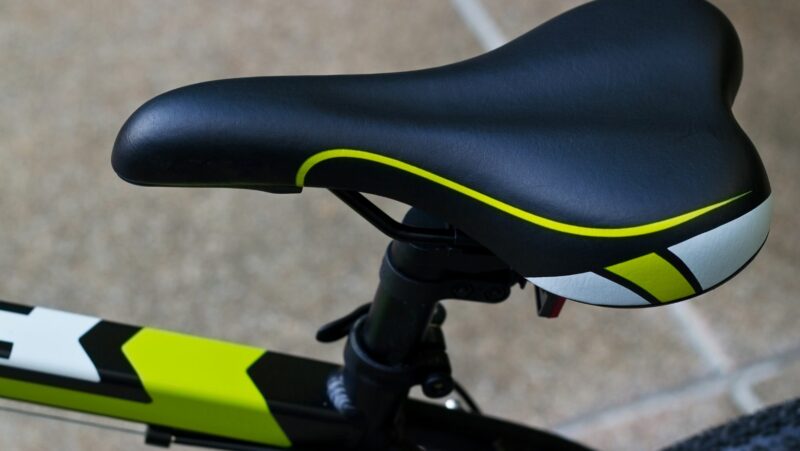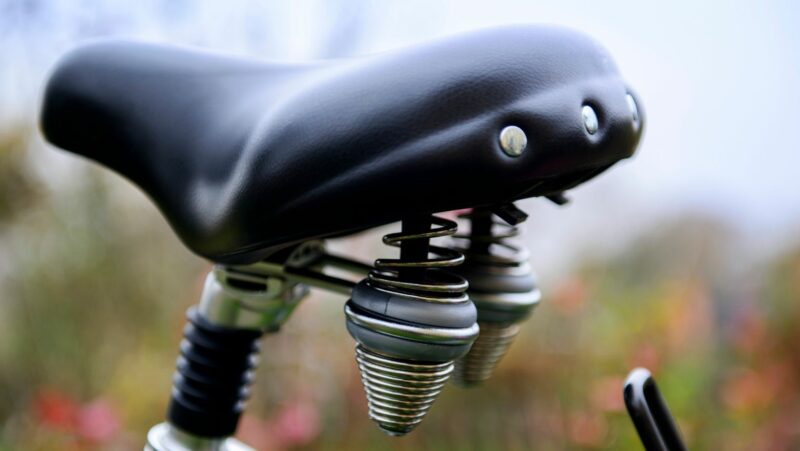Picking the right bicycle saddle is urgent for both solace and execution, whether you’re a relaxed rider or a serious cyclist. In any case, many individuals commit normal errors that can prompt distress, agony, and even injury. The following are five normal mix-ups to stay away from while choosing a bicycle saddle.
1. Overlooking Seat Width
Quite possibly of the most common mix-ups cyclists make is picking a seat that doesn’t match the width of their sit bones. The sit bones, or ischial tuberosities, are the pieces of the pelvis that lay on the seat. If the seat is excessively tight, it will come down on delicate tissues, causing distress and torment. On the other hand, a seat that is too wide can prompt scraping and diminished accelerating effectiveness.
To stay away from this error, measure the width of your seatbones and select a seat that matches. Many bicycle shops offer instruments to quantify sit bone width, or you can utilize a Do-It-Yourself strategy at home with a piece of cardboard and some chalk. When you know your sit bone width, pick a seat that offers sufficient help for those places.
2. Sitting above Seat Shape
Saddle shape is another basic variable that affects solace and execution. Saddles come in different shapes, including level, and semi-endlessly round. The shape that turns out best for you relies upon your riding style and body life structures.
- Level saddles are, for the most part, appropriate for more forceful, streamlined riding positions.
- Semi-round saddles offer a harmony between solace and execution, which is reasonable for an assortment of riding styles.
- Round saddles offer more help and are frequently preferred by riders who favor an upstanding position.
- Test various shapes to see which one feels generally open to during your commonplace rides. Feel free to invest a little energy and maybe some additional cash in tracking down the ideal shape, as it can have a huge effect as far as you can tell.
3. Disregarding Cushioning and Material
Another normal error is zeroing in a lot on cushioning. While it could appear to be intelligent that more cushioning would mean more solace, this isn’t generally the situation. A lot of cushioning can prompt expanded tension on delicate tissues and can cause distress over lengthy rides as it packs unevenly. All things being equal, search for a seat with the right harmony between cushioning and solidness.
The material of the seat likewise assumes a part. Cowhide saddles, for example, form to your shape after some time and can offer great solace. However, they require a break-in period and more upkeep. Engineered materials, then again, are lighter and require less upkeep, yet probably won’t offer a similar degree of long-haul solace as calfskin.
4. Disregarding Seat Patterns and Channels
Saddle patterns and channels are intended to lessen the strain on delicate regions and further develop the bloodstream, which can forestall deadness and distress. Overlooking these highlights can prompt critical issues, particularly on lengthy rides.
While choosing a seat, consider if a pattern or channel could help you. Numerous cyclists find that these elements have a significant effect on solace, especially on the off chance that they experience deadness or torment in the perineal region. Evaluate the burden with various sorts of patterns and channels to see which one offers the best help.
5. Neglecting to Consider Riding Style and Bicycle Fit
Your riding style and the attack of your bicycle essentially influence saddle decisions. Various kinds of riding, for example, street cycling, mountain trekking, visiting, or driving have various necessities as far as seat shape, cushioning, and backing.
- Street cyclists frequently benefit from lighter, smaller seats that work with a streamlined position.
- Mountain bikers could favor burden with additional cushioning and a strong plan to endure harsh territory.
- Visiting cyclists need saddles that offer long-haul solace and backing for expanded periods in the seat.
- Commuters generally favor saddles that give solace and sturdiness to everyday use.
Moreover, a legitimate bicycle fit is fundamental. An inaccurately situated seat can cause inconvenience no matter what its quality. Ensure your seat level, slant, and front rearward position are changed accurately. Many bicycle shops offer proficient fitting administrations that can assist with advancing your seat position and generally bicycle fit.
Last Thought
Choosing the right bicycle saddle is fundamental for an agreeable and charming riding experience. Staying away from these normal errors, disregarding saddle width, ignoring saddle shape, dismissing cushioning and material, overlooking seat patterns and channels, and neglecting to consider your riding style and bicycle fit can assist you with tracking down the ideal seat.  Finding an opportunity to pick a seat that accommodates your body and riding style will improve your solace, forestall wounds, and eventually make cycling more charming.
Finding an opportunity to pick a seat that accommodates your body and riding style will improve your solace, forestall wounds, and eventually make cycling more charming.